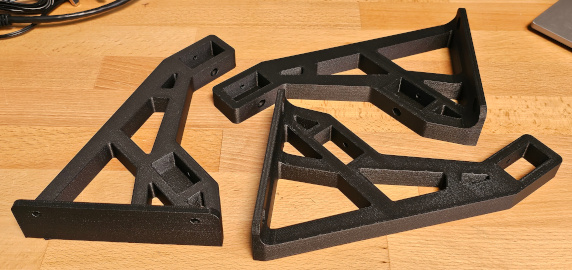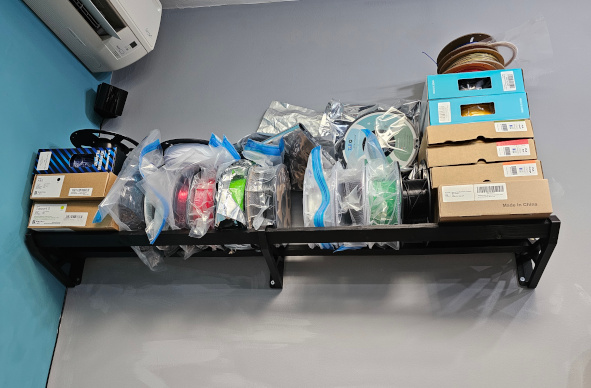My reel of PETG has just stopped feeding and the stepper is making some less than ideal noises. Guess I'm stripping it down in the morning to figure out what's up with it.@5abr3 If it's any consolation, I've just loaded that brand new spool of PETG-CF of the same brand as the last that was printing acceptably. Printing the same? No, not even close. Dribbles and strings ruining the first layer. Calibrate it "successfully" and now it won't even stick to the bed. Going to wash the bed in the morning and let the filament bake overnight and see if it's just wet despite being really well vacuum sealed. Sometimes this hobby's great....and other times it really sucks! *Sigh*
It's run happily for about 6 hours on and off through the day. At least this feed stop hasn't been accompanied by bad disintegrated stepper fan like last time I suffered a feed stop (on the other extruder).
Last edited:






 )
)